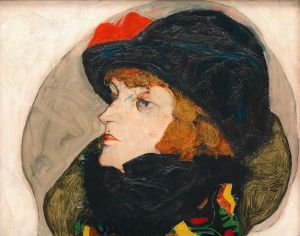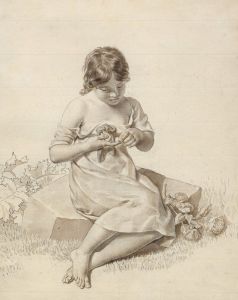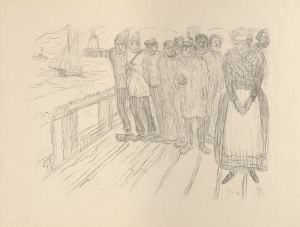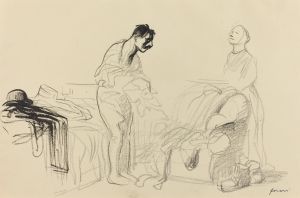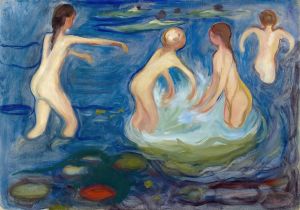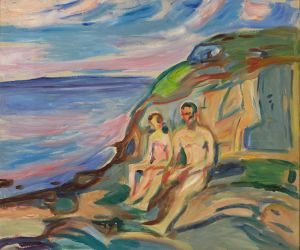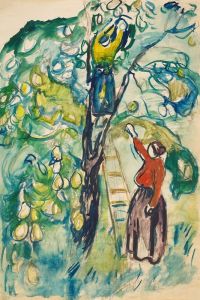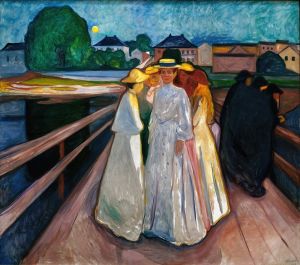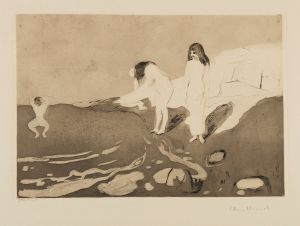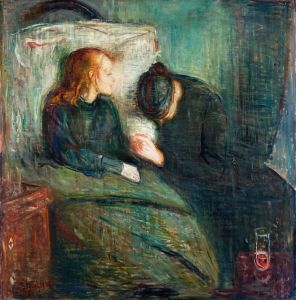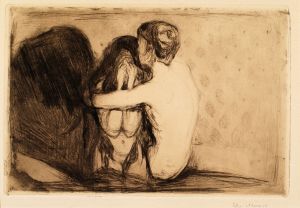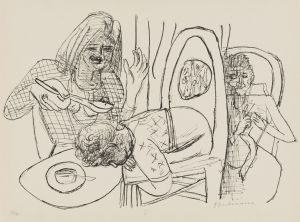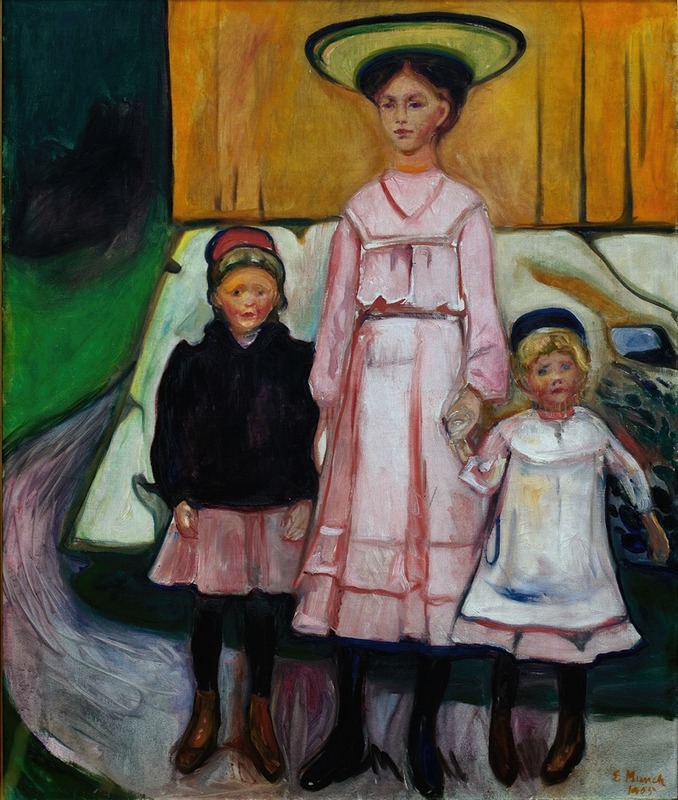
Three Children
A hand-painted replica of Edvard Munch’s masterpiece Three Children, meticulously crafted by professional artists to capture the true essence of the original. Each piece is created with museum-quality canvas and rare mineral pigments, carefully painted by experienced artists with delicate brushstrokes and rich, layered colors to perfectly recreate the texture of the original artwork. Unlike machine-printed reproductions, this hand-painted version brings the painting to life, infused with the artist’s emotions and skill in every stroke. Whether for personal collection or home decoration, it instantly elevates the artistic atmosphere of any space.
Edvard Munch's painting Three Children is a work by the renowned Norwegian artist, best known for his emotionally charged and symbolist style. Created in 1908, this painting reflects Munch's ongoing exploration of human emotion, psychological depth, and existential themes. The artwork depicts three children seated together, rendered in Munch's characteristic expressive brushstrokes and use of color.
The composition of Three Children is simple yet evocative. The children are positioned closely, suggesting a sense of intimacy or shared experience. Their expressions and body language convey a range of emotions, from introspection to unease, which is typical of Munch's ability to capture the complexities of human psychology. The background is minimal, focusing attention on the figures and their emotional resonance.
This painting was created during a pivotal period in Munch's life. In 1908, Munch suffered a nervous breakdown, which led him to seek treatment at a clinic in Copenhagen. This period of crisis and recovery significantly influenced his artistic output, as he began to explore themes of vulnerability, human connection, and the fragility of life with renewed intensity. Three Children is often interpreted as a reflection of these themes, though Munch himself did not leave explicit explanations for the work.
The painting is part of Munch's broader body of work that frequently examines childhood, family dynamics, and the passage of time. While Three Children is not as widely recognized as some of Munch's other masterpieces, such as The Scream or Madonna, it remains an important example of his ability to convey profound emotion through his art.
Today, Three Children is housed in the Munch Museum (Munchmuseet) in Oslo, Norway, which holds the largest collection of Munch's works. The museum provides insight into the artist's life and career, offering visitors the opportunity to view Three Children alongside many of his other significant pieces.
As with much of Munch's work, Three Children invites viewers to reflect on the emotional and psychological dimensions of human experience, making it a compelling example of his enduring legacy in modern art.





